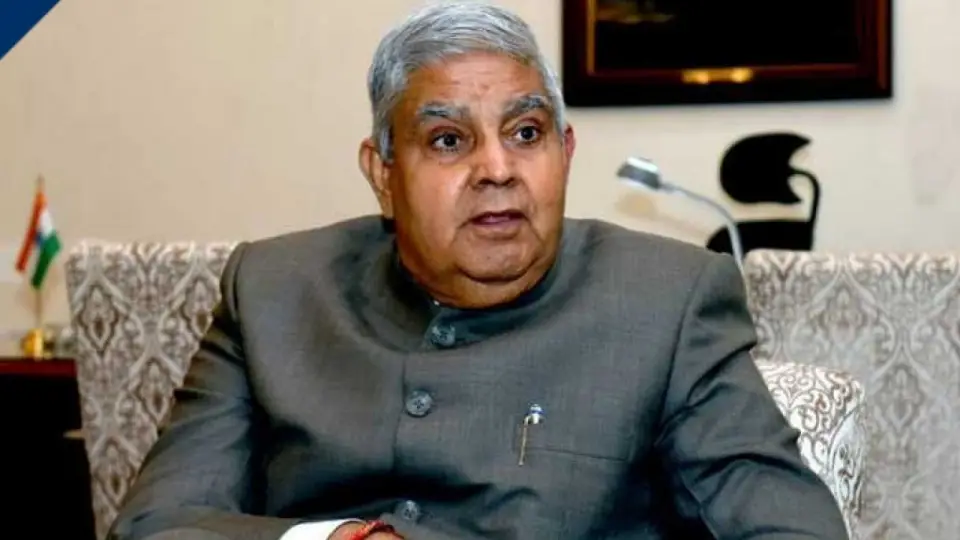
Jagdeep Dhankhar (Social Media)
India News:Vice President Jagdeep Dhankhar's unexpected resignation has raised questions about the immediate future of India's political structure. The post of Vice President, a critical constitutional role, must now be filled through a structured election process. The Election Commission will oversee the election, with Parliament's members casting their votes. This transition highlights the importance of the constitutional provisions that ensure a seamless shift in leadership, allowing for continuity in governance. Let’s take a closer look at how this process unfolds.
In an unexpected turn of events, Vice President Jagdeep Dhankhar resigned from his position. This resignation raised many questions about the functioning of the government and the key constitutional role the vice president plays. The office of the vice president is one of the most important positions in India’s parliamentary system. With Dhankhar’s resignation, the crucial question arises: who will step in to fill the vacancy and assume the responsibilities that come with this significant post?
The vice president’s role is crucial in India’s democratic framework. Apart from being the ex officio Chairman of Rajya Sabha, the Vice President also holds the power to oversee the smooth running of the house and manage parliamentary proceedings. Additionally, if the President of India is temporarily incapacitated, the Vice President steps in as the Acting President. Therefore, the resignation of the vice president impacts not only the legislative processes but also the functioning of the executive branch of the government.
According to Article 63 of the Indian Constitution, the office of vice president must always be filled. If there is a vacancy—due to resignation, death, or any other reason—a new election must be conducted. This election process is organised by the Election Commission, with the candidates being elected by the members of Parliament. The election process must be completed within a specific period to ensure that the vice president’s duties are not neglected. This provision guarantees that the country remains fully functional even during times of leadership transitions.
The election to fill the vacancy of the vice president is conducted by the Election Commission of India. All members of the Parliament, including those from Lok Sabha and Rajya Sabha, cast their votes to elect the new Vice President. The process is done via a secret ballot, ensuring transparency and fairness. The candidate who secures the majority of the votes is declared the winner and is sworn in by the President of India. The new vice president then assumes all the constitutional duties associated with the position.
The Vice President has several critical constitutional responsibilities. Primarily, as the chairman of Rajya Sabha, the vice president oversees the working of the upper house of Parliament. They ensure that debates and discussions are conducted in a peaceful and organised manner, addressing any disputes that may arise. Furthermore, the Vice President represents India in various international forums and exercises various functions related to governance. Their role is essential in maintaining the decorum and functioning of Parliament, making the position highly significant.
In the event that the office of the Vice President is vacant, the Deputy Chairman of Rajya Sabha temporarily assumes the duties of the Vice President. This ensures that the functions of the Rajya Sabha continue without interruption. However, this arrangement is short-term, and the Election Commission quickly moves to organise elections for a permanent vice president. The absence of a permanent vice president can affect the functioning of the government, making it imperative that the position is filled as soon as possible.
The election for the Vice President of India follows a well-established process. All elected members of both Lok Sabha and Rajya Sabha are part of the Electoral College that votes for the new Vice President. Candidates are nominated by political parties, and the voting takes place by secret ballot. The candidate who receives the highest number of votes becomes the new vice president. This election process is conducted with strict adherence to the Constitution, ensuring that the highest office in the country is filled by a capable individual.
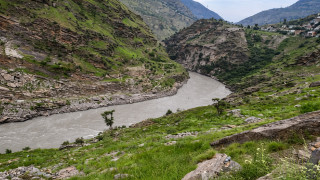
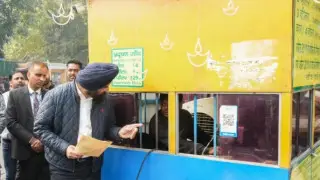

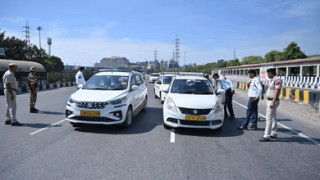
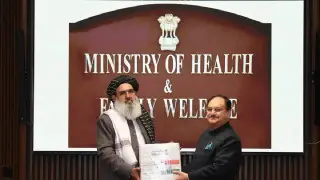








Copyright © 2025 Top Indian News
